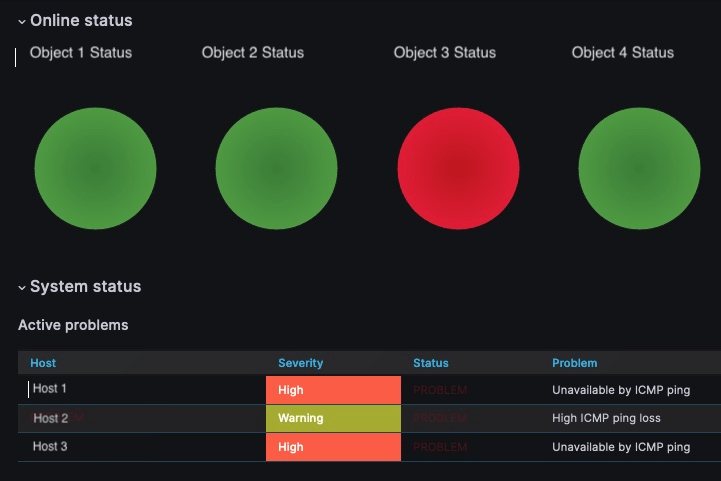Integration and Software Development
Software integration and Agile development are two critical aspects of modern software development. Software integration refers to the process of combining different software components or subsystems to work together as a single system. It involves connecting and making various software modules, applications, or systems function cohesively to accomplish a specific task or deliver a complete software solution. Integration can occur at different levels:
Component Integration: This involves combining individual software components or modules to form a larger application. These components may be developed independently but need to work together seamlessly.
System Integration: In system integration, different standalone systems or applications are connected to function as a unified system. This can include integrating third-party software, databases, and legacy systems.
Enterprise Integration: At a higher level, enterprise integration involves connecting various systems and software across an entire organization to streamline business processes and data flow.
The goal of software integration is to ensure that all parts of the software ecosystem work harmoniously, share data effectively, and provide a cohesive user experience.
Agile development is a software development methodology that emphasizes flexibility, collaboration, and customer feedback throughout the development lifecycle. Using Agile methodologies, such as Scrum and Extreme Programming (XP), prioritize iterative development and continuous improvement. Here are key principles and practices associated with Agile:
Iterative Development: Agile projects are divided into small, manageable iterations or increments, typically called "sprints" in Scrum. Each sprint results in a potentially shippable product increment.
Customer Collaboration: Agile places a strong emphasis on involving the customer or product owner in the development process. Feedback from customers is incorporated regularly to ensure that the product aligns with their needs and expectations.
Cross-Functional Teams: Agile teams are typically small, cross-functional groups that include developers, testers, designers, and other necessary roles. They work collaboratively to deliver value.
Continuous Planning: Agile teams engage in regular planning meetings to prioritize work for upcoming iterations. This allows for adaptability to changing requirements.
Adaptability: Agile teams are encouraged to adapt to changing requirements and priorities. This flexibility is a core principle of Agile development.
Emphasis on Working Software: Agile values working software over comprehensive documentation. While documentation is important, the primary focus is on delivering a functional product.
Frequent Inspections and Adaptations: Agile teams hold regular retrospectives to review their processes and identify areas for improvement.
Visual Management: Many Agile methodologies use visual boards (e.g. Scrum boards) to track work progress and make it transparent to the team.
The Agile development process helps teams respond to customer needs quickly, minimize wasted effort, and maintain a high level of product quality. It is particularly well-suited for projects where requirements may change over time or where a high degree of customer involvement is crucial.
Our projects
- IT infrastructure network monitoring system
- RADIUS-based hotspot portal for user AAA with payment gateway integration
- Software VoIP PBX application with proxy capabilities
- Data mining and visualization application
- Business applications for data analysis using machine learning algorithms
Some our UI examples
Historical data on bandwidth usage
Historical graph of bandwidth consumed by a host for specified period of time allows also determine outage periods and usage trends
Live sensor monitoring panel
Visualization of different hosts in network, their status and problems associated

